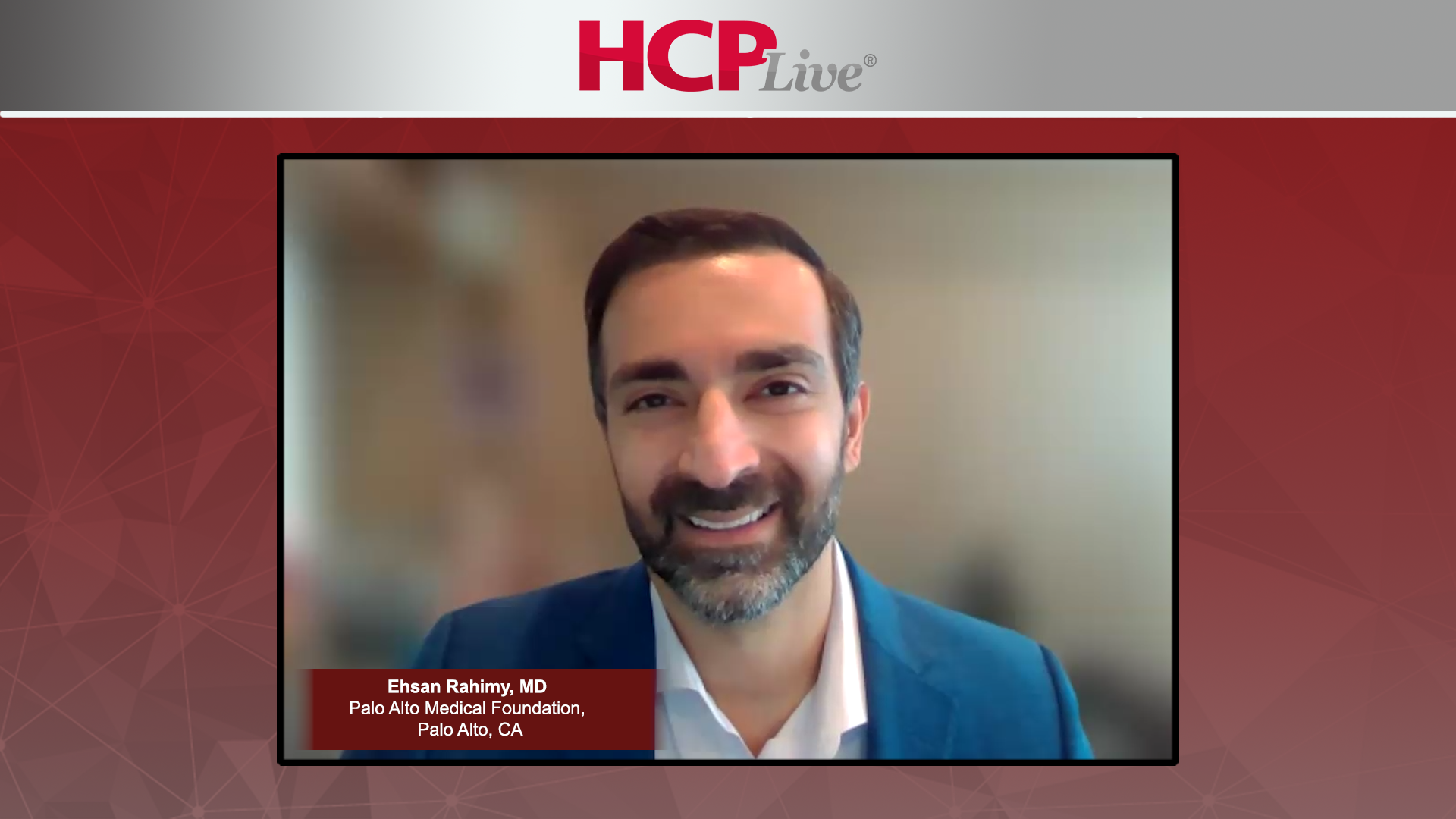Treatment Strategies post-Bevacizumab in neovascular Age-related Macular Degeneration

Retina Specialist Provides Insights on Managing Wet AMD and DME
In a recent discussion, Dr. Ehsan Rahimy, a retina specialist at the Palo Alto Medical Foundation and adjunct faculty at Stanford University School of Medicine, delved into various strategies for managing patients with wet age-related macular degeneration (AMD) or diabetic macular edema (DME).
One approach Dr. Rahimy highlighted involves a treat-and-extend method for patients with stable vision and CST of 350 microns without recurrent fluid. By gradually extending treatment intervals from four to twelve weeks, and even up to 16 to 18 weeks post-COVID era, using agents like aflibercept or ranibizumab, patients can benefit from this approach.
However, some patients may encounter resistance to extending treatment intervals despite initial success. Dr. Rahimy discussed the importance of considering patient preferences for shorter intervals, while also exploring the option of switching to branded agents like aflibercept or faricimab to achieve increased durability and extend intervals up to three or four months.
Furthermore, in cases where patients show persistence of fluid despite treatment, indicating a lack of response to bevacizumab, achieving complete dryness remains the primary goal before extending intervals. Early therapy switching may be necessary to achieve optimal anatomical outcomes.
Dr. Rahimy’s insights emphasize the need for a nuanced approach when managing patients with AMD or DME, taking into account factors such as treatment response, patient preferences, and the pursuit of optimal anatomical outcomes. This highlights the complex nature of these conditions and the importance of personalized care for each patient.

